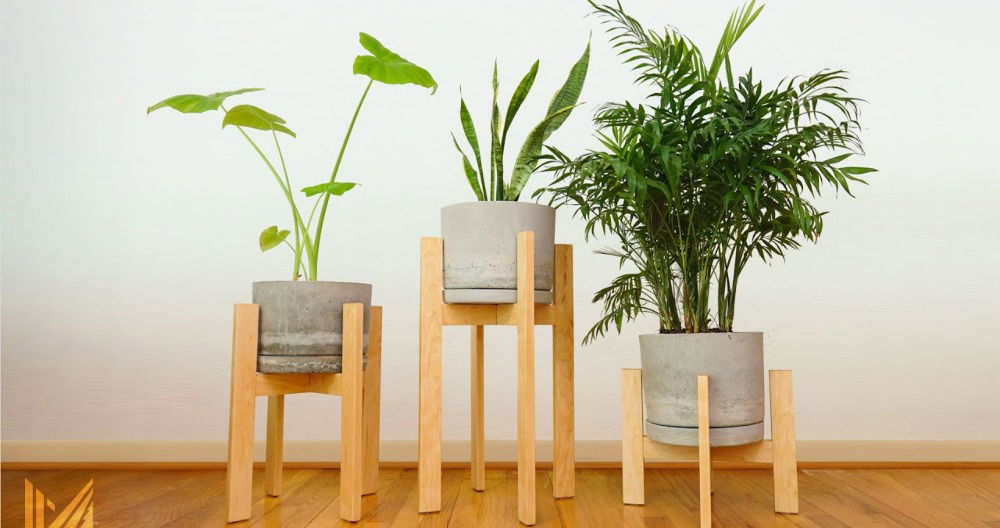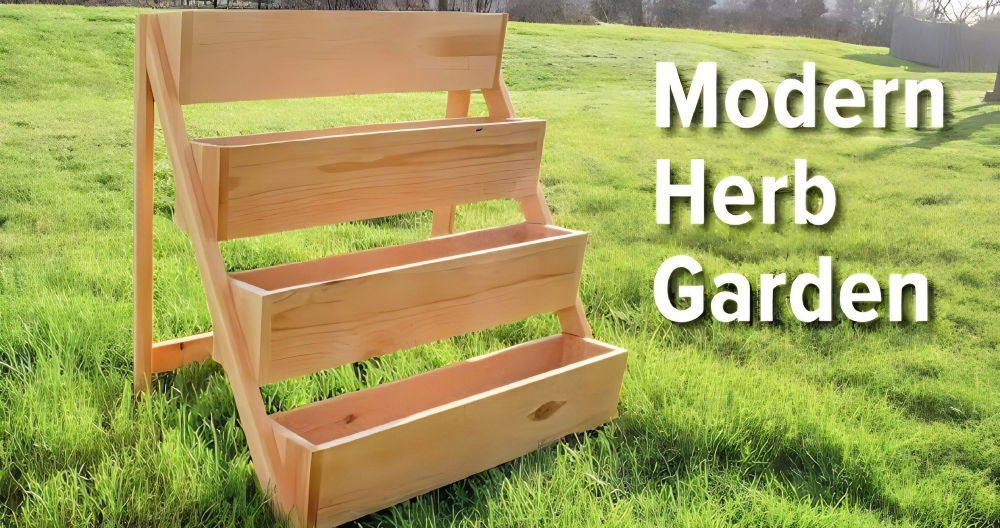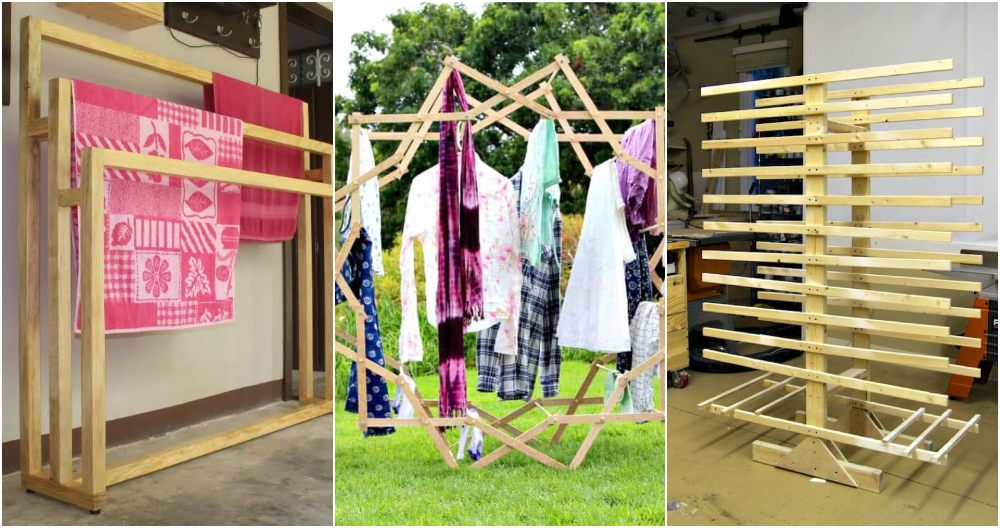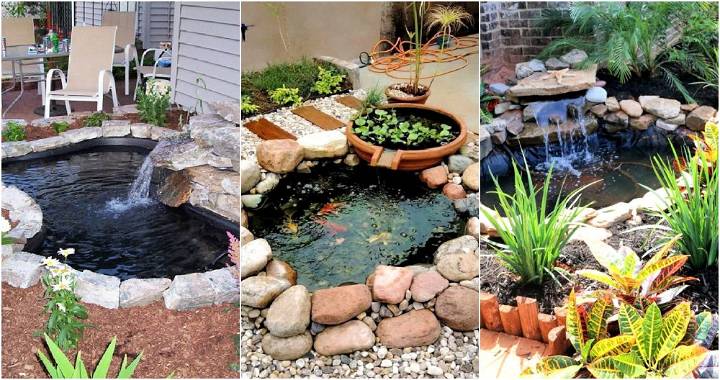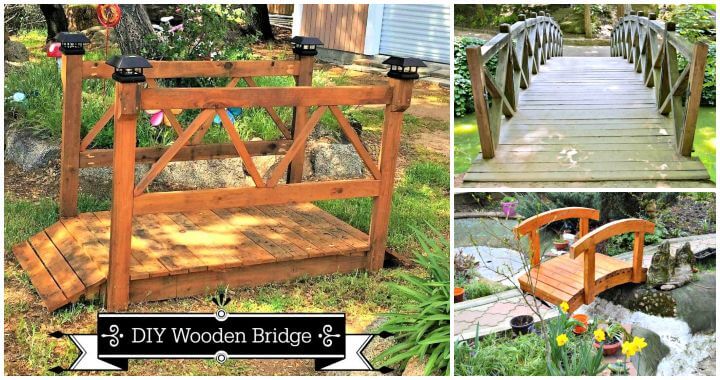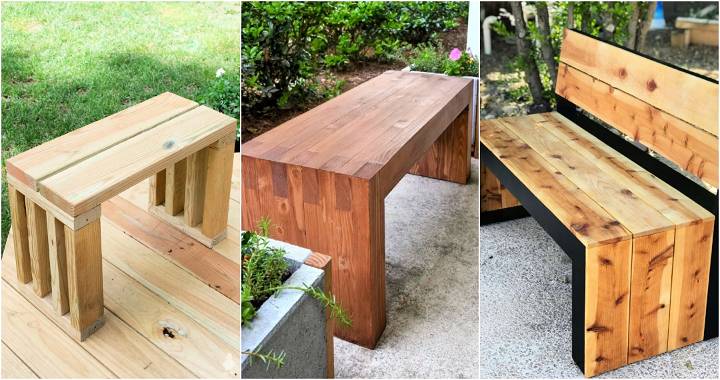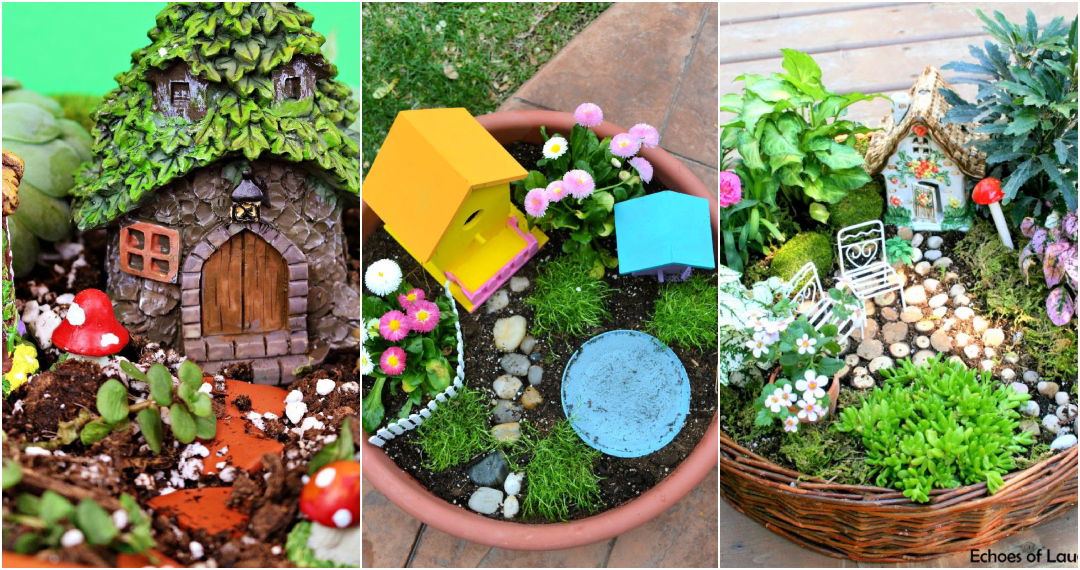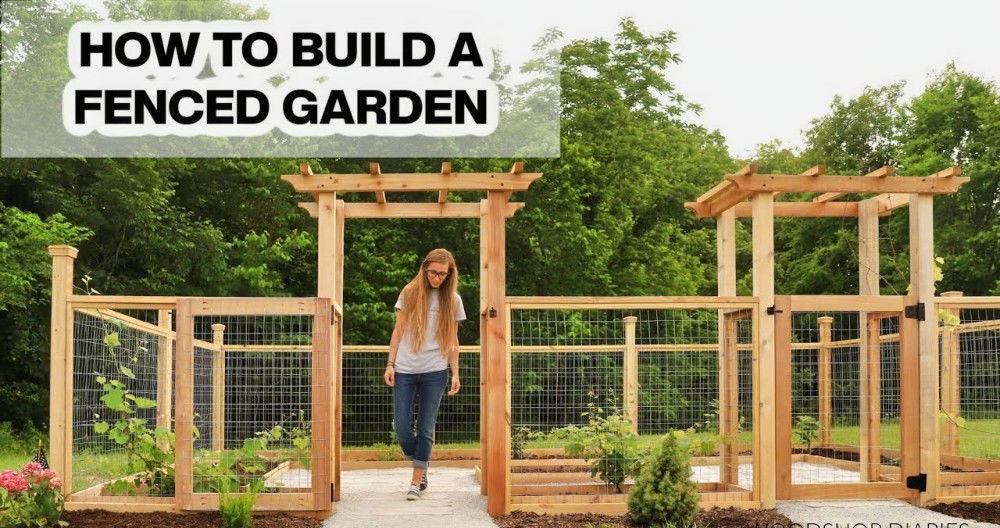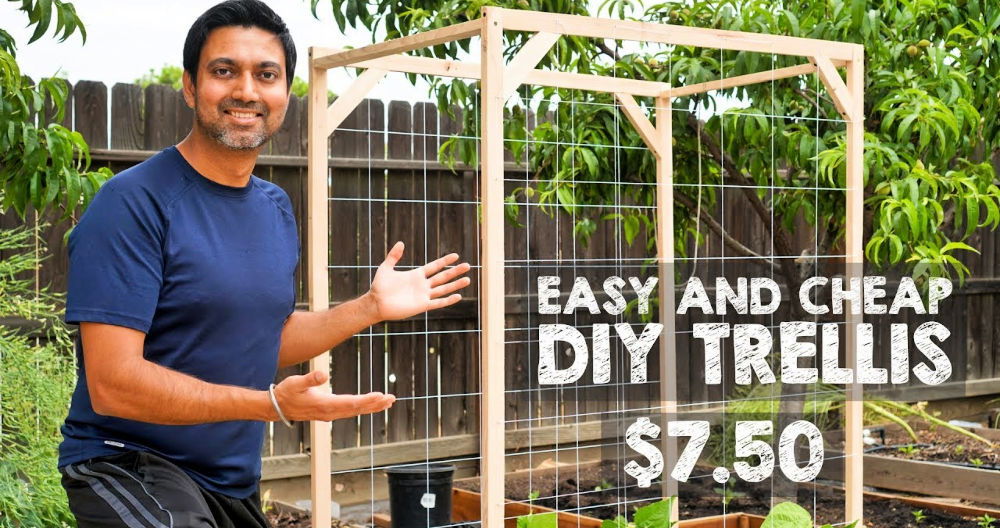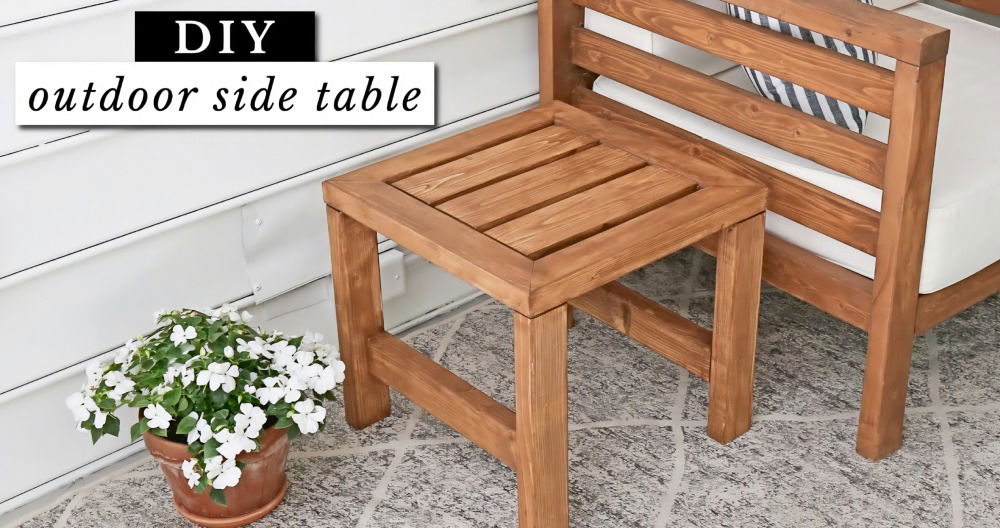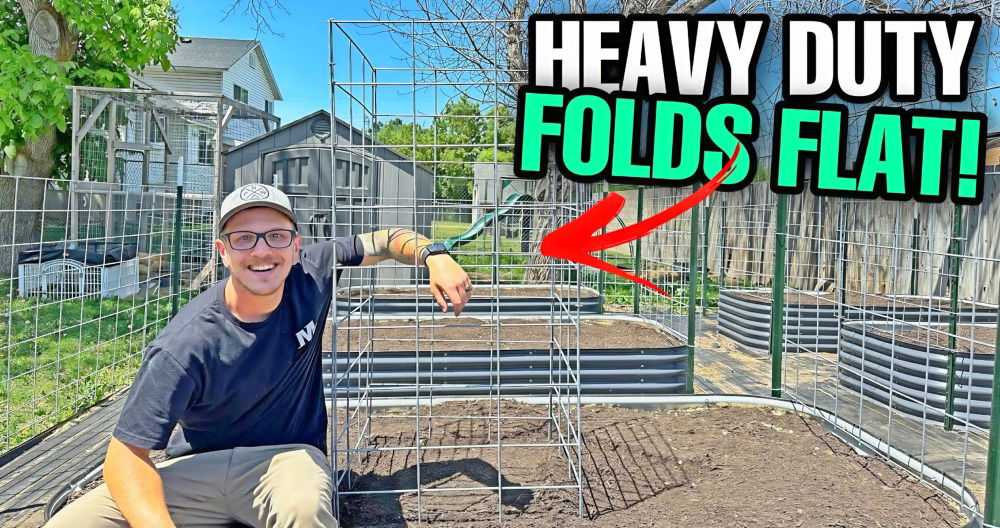Making my DIY indoor herb garden was a fun and rewarding experience. I started by choosing the right spot with plenty of sunlight. A sunny windowsill in my kitchen was perfect. I gathered some small pots, potting soil, and a variety of herb seeds. Planting seeds like basil, parsley, and mint gave me a wide range of fresh flavors to use in my cooking.
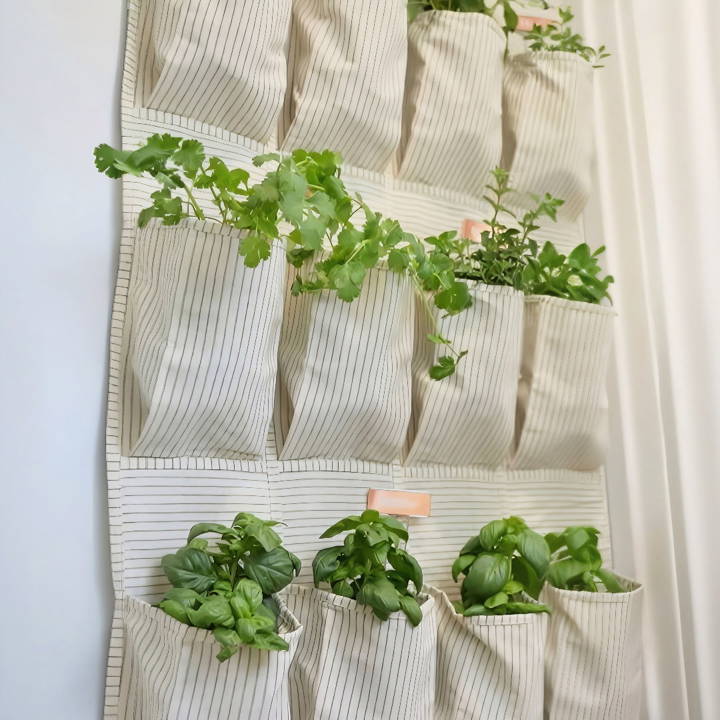
Watching the herbs grow was very satisfying. I made sure to water them regularly and give them enough light. Soon, I had a small but thriving garden. Growing my own herbs meant I always had fresh ingredients on hand.
I'm sharing this to help you make your own indoor herb garden. Start now and enjoy fresh herbs every day.
Why Go Vertical?
The concept of vertical gardening is a game-changer for those of us with limited horizontal space but a huge desire to grow our own greens. Utilizing the vertical space, say on the back of a door or a sunny wall, not only saves space but adds a vibrant touch to your home decor. My choice to go vertical was inspired by the simplicity and ingenuity of using something as basic as a shoe organizer to make something beautiful and functional.
Step by Step Instructions
Learn how to make a thriving DIY herb garden with our step-by-step guide. From gathering materials to essential maintenance, master every stage easily.
Step 1: Gathering the Materials
For this project, simplicity was key. I needed:
- A canvas shoe organizer: Canvas is preferred for its durability and aesthetic appeal.
- Herb plants: Favorites like mint, basil, and cilantro were a must for my culinary adventures.
- Small plant trays: These are crucial to catch excess water, ensuring no mess.
- Potting soil (optional if repotting): To give the herbs a nutritious boost.
Each material was chosen with purpose. The shoe organizer, an everyday item, was to become the backbone of my garden, its pockets perfect for holding herbs. The selection of herbs was based on my culinary preferences, ensuring I'd make the most of the garden. Plant trays promised a mess-free watering experience, an essential aspect of indoor gardening.
Step 2: Setting Up
Choosing the location was my initial challenge. I settled on the back of my pantry door—it received adequate light and was conveniently located near the kitchen. With command strips, the organizer was up in no time. This setup not only looked neat but promised an efficient use of space, turning an ignored area into a focal point of greenery.
Step 3: Planting the Herbs
Organization within the garden was crucial. I placed taller, vertically growing herbs like rosemary at the top. Mid-height, fuller herbs like oregano and thyme took the middle rows, and shorter, bushier herbs like basil and mint populated the bottom.
Transferring the herbs into their new home was satisfying. For each herb, I positioned its original pot into a plant tray and then nestled them into the pockets of the organizer. It was a seamless process, quite literally bringing the project to life before my eyes.
Step 4: Maintenance - The Key to a Flourishing Garden
Caring for the garden was simpler than I anticipated. Ensuring it received at least four hours of sunlight each day was crucial. Watering required a delicate touch—overwatering was a no-go. I adopted a weekly routine; taking each pot out, watering it until moist, then letting excess water drain away before returning it to its pocket.
Pruning and harvesting encouraged growth while providing me with fresh herbs. Cutting from the top ensured the plants remained bushy and productive.
As an added bonus, I discovered an ingenious way to preserve excess herbs: freezing them in olive oil as "flavor bombs" for cooking. This not only reduced waste but infused my dishes with homegrown aromas.
This vertical herb garden project turned a dull space into a lively area. Each green pocket promised fresh herbs and brought pride and joy. The ease of snipping herbs, the greenery's aesthetics, and the simple care routine made this project a triumph.
How to Grow Herbs Indoors
Growing herbs indoors is a great way to have fresh flavorings on hand all year round. Here's a simple guide to get you started:
- Choose Your Herbs: Select herbs that you use frequently and that thrive indoors. Popular choices include basil, mint, parsley, thyme, rosemary, and chives.
- Select the Right Containers: Opt for pots with drainage holes to prevent waterlogging. Consider the mature size of the herb and choose a pot that allows for growth.
- Use Quality Potting Mix: Use a well-draining potting mix specifically designed for herbs or vegetables. This will provide the necessary nutrients and drainage.
- Provide Adequate Sunlight: Most herbs need at least 6 hours of sunlight per day. Place your pots near a sunny window, preferably south-facing. If natural light is limited, use a grow light to supplement.
- Water Properly: Water your herbs when the top inch of soil feels dry. Avoid overwatering, as it can lead to root rot.
- Fertilize Regularly: Feed your herbs every few weeks with a balanced liquid fertilizer diluted to half-strength.
- Prune and Harvest: Regularly prune your herbs to encourage bushy growth. Harvest leaves as needed, cutting just above a leaf node.
Additional Tips:
- Start with young plants or seeds specifically for indoor growing.
- Group herbs with similar watering needs together.
- Check for pests and diseases regularly.
- Repot your herbs into larger containers as they grow.
By following these steps, you can enjoy fresh, homegrown herbs year-round, adding flavor and fragrance to your meals.
Design Ideas for Your Indoor Herb Garden
Making an indoor herb garden is not only about growing herbs but also about adding a touch of greenery to your home. Here are some design ideas that are both practical and stylish:
- Repurpose Household Items: Look around your home for items that can be repurposed into plant containers. Old mugs, teapots, and even baking tins can make charming homes for your herbs. Just ensure they have proper drainage.
- Mason Jar Garden: Mason jars are perfect for making a rustic herb garden. Mount them on a piece of reclaimed wood and hang it on your kitchen wall for easy access while cooking.
- Hanging Planters: Free up counter space by using hanging planters. You can hang them in front of a sunny window. Macramé plant hangers add a bohemian vibe to your space.
- Vertical Garden: If you're short on space, go vertical. Use a shoe organizer or make a wooden shelf system to stack your herbs upwards. This not only saves space but also becomes a living piece of art.
- Smart Pots: Embrace technology with smart pots that can remind you when to water or even water themselves. They come in various designs to suit any decor style.
- Herb Garden Kit: For beginners, an herb garden kit can be a great start. These kits often come with everything you need, including seeds, pots, and soil.
- Labeling: Label your herbs with something more creative than plastic sticks. Try painted rocks, wooden spoons, or even chalkboard paint for a fun and functional look.
- Lighting: Ensure your herbs get enough light. If you don't have a sunny spot, invest in some grow lights. They can be both effective and decorative.
The key to a beautiful indoor herb garden is simplicity and functionality. Keep it neat and well-maintained, and let your personal style shine through.
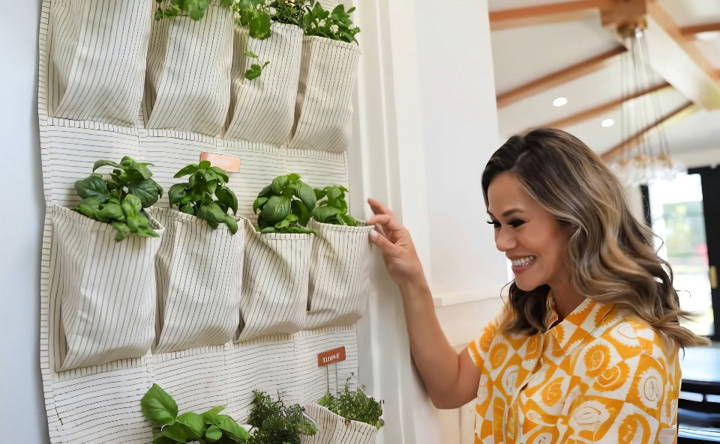
Technology Integration in Indoor Herb Gardens
Incorporating technology into your indoor herb garden can make the process of growing herbs simpler, more efficient, and even more fun. Here's how you can use technology to enhance your green space:
- Smart Pots and Planters: These are pots equipped with sensors that monitor soil moisture, light levels, and nutrient needs. They can alert you through an app when your herbs need water or fertilizer, taking the guesswork out of plant care.
- LED Grow Lights: These lights are designed to provide the specific spectrum of light that plants need to photosynthesize. They're energy-efficient and can be used to ensure your herbs get enough light, especially in rooms without sufficient natural sunlight.
- Hydroponic Systems: Hydroponic systems allow you to grow herbs in water, without soil. They often come with built-in lighting and nutrient delivery systems. This method can result in faster growth and larger yields.
- Garden Management Apps: There are many apps available that can help you track the progress of your herbs, remind you when to water or prune them, and even provide advice on solving common problems.
- Automated Watering Systems: For those who travel frequently or forget to water their plants, automated watering systems can be a lifesaver. They can be programmed to water your herbs at regular intervals.
- Temperature and Humidity Monitors: Keeping track of the temperature and humidity in your growing area is important for herb health. Smart monitors can provide real-time data and even adjust conditions automatically.
Integrating these technologies into your herb garden makes it more productive and less labor-intensive, blending your love for tech with gardening.
Troubleshooting Common Problems in Indoor Herb Gardens
Growing herbs indoors can be rewarding, but sometimes, you might encounter issues that can hinder your plants' growth. Here's a guide to help you identify and solve common problems:
- Lack of Sunlight: Herbs need plenty of light. If they're not getting 6-8 hours of sunlight a day, they may look weak or leggy. Move them closer to a bright window, or consider using LED grow lights.
- Wrong Pot Size: Herbs don't like pots that are too big or too small. A pot that's too large can hold too much water and cause root rot, while a small pot can choke the roots. Choose a pot that's just right for the size of your herb.
- Overwatering: It's a common mistake that can lead to root rot. Herbs like to dry out a bit between watering. Stick your finger into the soil; if it's dry an inch below the surface, it's time to water.
- Pests: Keep an eye out for pests like aphids and whiteflies. They love tender herbs. If you spot them, treat your plants with insecticidal soap or horticultural oil.
- Temperature Fluctuations: Herbs prefer a stable environment. Avoid placing them near radiators, stoves, or air vents, which can cause sudden temperature changes.
- Humidity: Herbs thrive in a bit of humidity. If your home is dry, especially in winter, mist your plants regularly or use a humidifier.
- Soil Problems: Use the right soil mix. Herbs prefer well-draining soil. Avoid using heavy garden soil; instead, opt for a mix designed for containers.
- Harvesting Techniques: Don't be shy about harvesting your herbs. Regular pruning encourages growth. Just never take more than a third of the plant at one time.
By addressing these common issues, you can ensure your indoor herb garden remains healthy and vibrant.
FAQs About DIY Indoor Herb Garden
Discover answers to common questions about DIY indoor herb gardens, including plant selection, care tips, and essential tools.
The best herbs for indoor gardens are those that thrive in container environments and don’t require excessive sunlight. Some of the most popular and easy-to-grow herbs include:
Basil: Loves warm environments and plenty of sunlight.
Mint: Grows quickly and prefers moist soil.
Chives: Require less light and can grow in cooler temperatures.
Parsley: Adapts well to indoor conditions; needs moderate sunlight.
Thyme: Prefers drier soil and can tolerate indirect light.
Watering frequency depends on the herb type, but a good rule of thumb is to water when the top inch of the soil feels dry. Overwatering is a common mistake, so ensure good drainage and avoid letting herbs sit in water.
Yes, herbs prefer well-draining soil that's rich in organic matter. You can use a potting mix designed for containers, which often includes perlite or vermiculite to improve drainage.
Most herbs need about 6-8 hours of sunlight per day. A south-facing window is ideal, but if natural light is limited, consider using grow lights to supplement.
Absolutely! Indoor herb gardens can thrive year-round. In winter, pay extra attention to lighting and temperature, as herbs will need enough warmth and light to compensate for the shorter days.
Conclusion:
In conclusion, making a DIY indoor herb garden is a fantastic way to have fresh herbs at your fingertips. By following these simple steps on how to make an indoor herb garden, you'll bring a touch of nature to your home. Remember, understanding how to grow herbs indoors ensures they'll thrive all year round. Begin your herb-growing journey now and enjoy the countless benefits of having fresh herbs available whenever you need them. Happy gardening!


